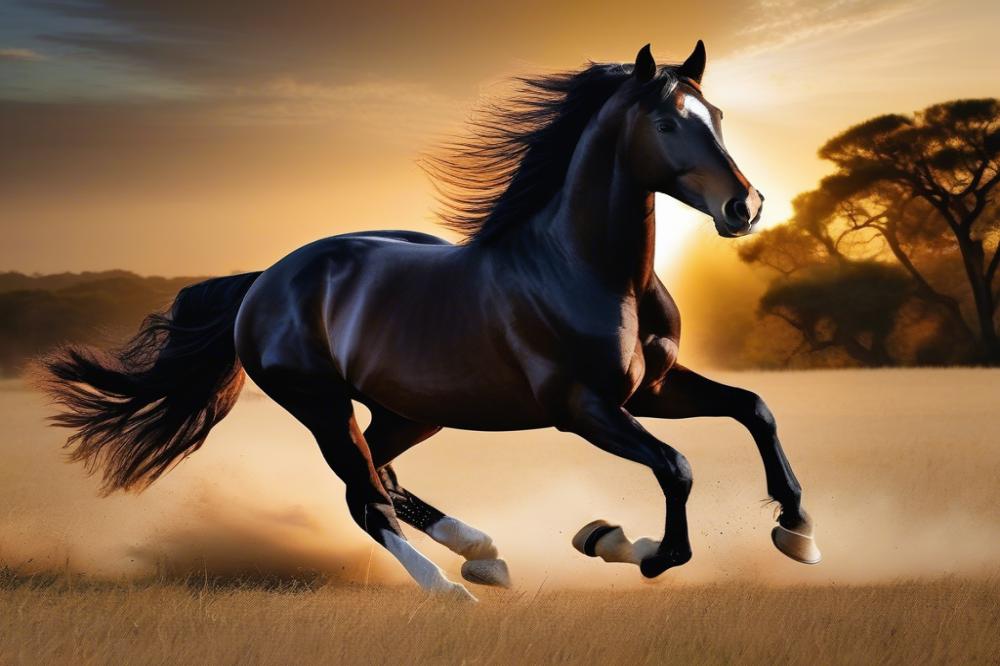The Influence of Horses on conquests
When we look at different cultures throughout history, the role of Horses has been significant. Various societies relied on them for trade, transportation, and warfare. In many regions, these animals transformed daily life and military tactics, becoming essential to survival and expansion.
The Spanish Conquistadors are a prime example of this. During the 16th century, they embarked on bold explorations and conquests in the Americas. Armed with determination and a desire for wealth, they toppled empires and reshaped continents. Their campaigns changed the course of history forever.
Horses played a crucial part in their success. These magnificent creatures allowed soldiers to travel quickly over vast distances. They were not just a means of getting from one place to another; they also provided a tactical advantage in battle. Mounted troops could maneuver more effectively than those on foot. The psychological impact was significant as well. Indigenous populations were often intimidated by the sight of these riders charging into battle.
Moreover, the logistics of supply and transportation greatly benefited from the use of these animals. They carried supplies, weapons, and even the Conquistadors themselves. This made military campaigns more efficient and enabled faster responses to challenges. Without such support, the ambitious missions of the Spanish would have been nearly impossible.
In summary, understanding the importance of these animals gives us insight into how the Conquistadors managed to conquer vast territories. Their contributions went beyond mere transportation; they were integral to military strategy and success. The unique relationship between the Spanish Conquistadors and their mounts is a fascinating aspect of this historical era.
The Historical Significance of Horses
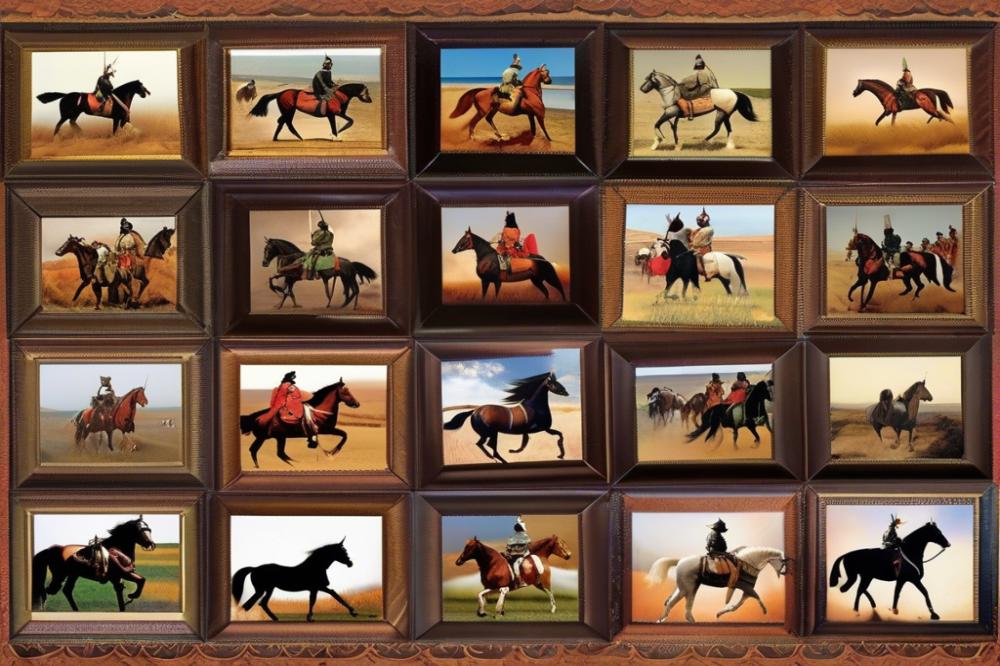
The evolution of the horse began millions of years ago in the vast grasslands of America. Small, dog-sized creatures slowly transformed into the large, powerful animals known today. This remarkable journey involved changes in size, shape, and behavior. Domestication played a crucial role in this transformation. Humans began to bond with these creatures, using them for various tasks, including transportation and agriculture.
The introduction of these animals to the Americas marked a significant turning point in history. Spanish explorers brought them aboard their ships in the early 16th century. Once they arrived, these majestic creatures quickly adapted to the new environment. Indigenous peoples initially viewed them with amazement. Their strength and speed provided a distinct advantage in warfare and travel, reshaping the landscape of conquest.
Culturally, horses became more than just practical animals. They emerged as symbols of power and status. In many societies, owning a horse represented wealth and prestige. Warriors and leaders showcased their abilities on horseback, elevating their standing among peers. Even among Native American tribes, possessing one of these animals signified bravery and achievement. This admiration deepened the connection between humans and their horses, highlighting their importance in various cultures.
Horses and Military Strategy
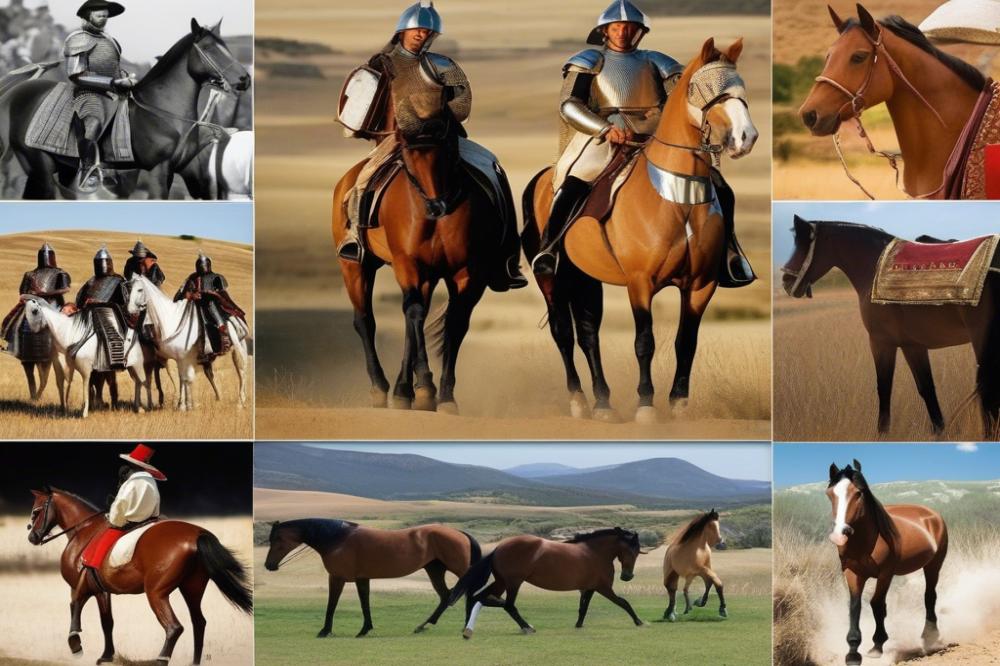
The Spanish Conquistadors revolutionized warfare with their use of mounted troops. In battles, mobility became a crucial advantage. Troops on horseback could maneuver quickly around the battlefield. This speed allowed for flanking maneuvers that could catch enemies off guard. Additionally, the height advantage provided by riding made it easier to instill fear in opponents.
Charging directly into enemy lines often changed the tide of conflict. Cavalry units created chaos among foot soldiers, disrupting their formations. Soldiers on foot struggled to cope with the power of the attacking horsemen. Many indigenous warriors were not familiar with the sight of a mounted opponent, which added to the confusion during encounters.
Resource allocation for horses was also an essential part of the Conquistadors’ strategy. Supplies and breeding programs ensured that they had reliable mounts ready for action. Those horses provided a psychological edge. The thunder of hooves and the sight of galloping riders could demoralize even the bravest defenders. Overall, the integration of mounted forces was vital to the success of many conquests across the Americas.
Colonial Expansion and Horses
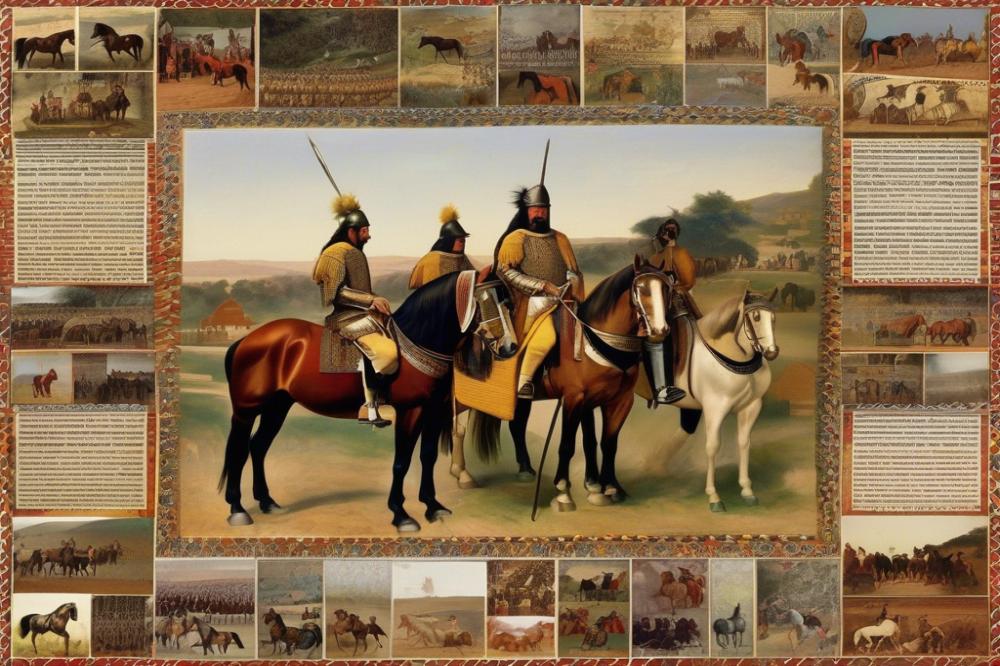
The Spanish Empire grew rapidly in the Americas, and a vital part of this expansion came from the use of steeds. These animals played a crucial role in the conquests of vast territories. When Spanish conquistadors arrived in the New World, they brought with them not only weapons and armor but also their horses. This introduction transformed how they navigated and controlled their surroundings.
During exploration, these powerful creatures became essential for traversing challenging landscapes. Riding made it easier for explorers to cover greater distances quickly. They adapted to various terrains, whether it was the dense jungles or the open plains. This ability to move swiftly allowed the Spanish to establish new routes and pave the way for further expansion.
In connecting different territories, these animals served a purpose beyond mere transportation. They were symbols of power and dominance. As the presence of steeds spread, so did the influence of the Spanish. Local populations often viewed riders as formidable due to the sights and sounds of the mounted forces. Thus, their mobility facilitated not just exploration but also the assertion of control over newfound lands.
Additionally, these creatures aided in logistical support during military campaigns. Transporting supplies and even injured soldiers became more manageable. The reliance on steeds was evident as expeditions moved deeper into uncharted regions. Without them, maintaining communication and movement would have presented significant challenges.
Ultimately, these animals were key players in the intricate web of colonial conquest. Their presence enabled the Spanish to establish outposts and settlements more effectively. The interconnectedness of different regions flourished as the conquistadors moved confidently through diverse areas. The legacy of this relationship between men and mounts remains a testament to the power of adaptation and ambition in the age of exploration.
Interactions with Native Americans
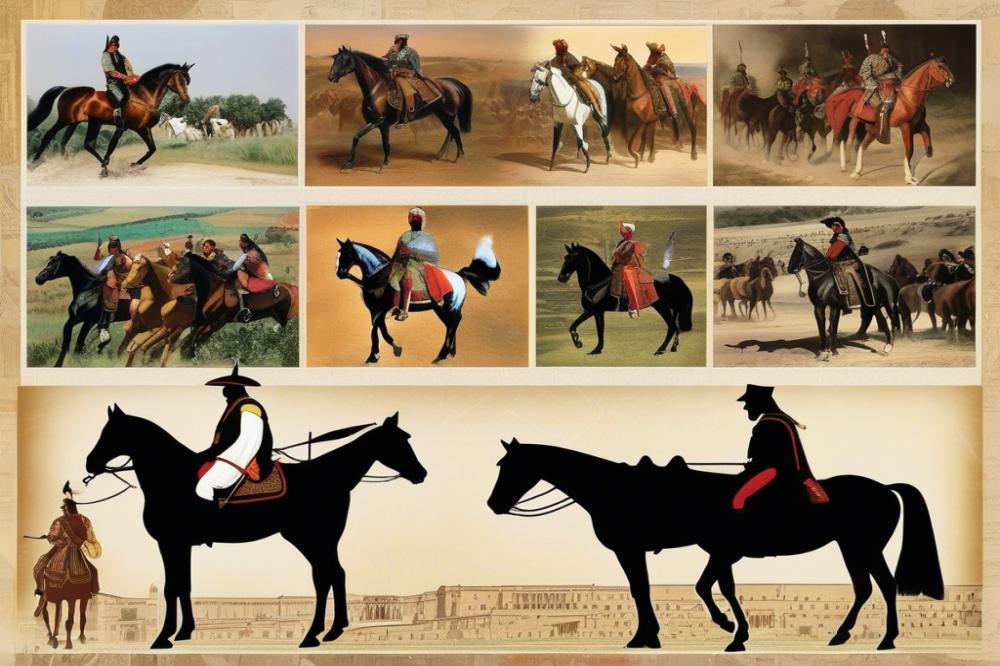
Initial encounters between horses and Native Americans
The arrival of Spanish explorers brought many changes. One of the most striking was the introduction of large animals. Early meetings displayed the awe and fear that indigenous people felt. Many had never seen anything like these beasts. Some viewed them as powerful spirits; others as a new threat. Initial interactions led to curiosity. Some Native Americans approached cautiously, while others kept their distance. Each tribe reacted differently to the sight of a rider atop a horse.
The transformative effects of horses on Indigenous cultures
These creatures would soon change life for many Native tribes. Transportation became faster and more efficient. Daily activities such as hunting and trading transformed significantly. People could travel greater distances in less time. Moreover, social structures shifted as new roles emerged in the community. Warriors found new advantages with these animals. Combat tactics were redesigned to include mounted fighting, which offered strategic benefits. The cultural landscape was altered deeply.
Adaptation of Native Americans to horse culture and warfare
Over time, various tribes began to embrace their new reality. Some actively sought to obtain and breed horses. Skills were developed for handling these creatures. A new kind of warrior emerged, one that utilized the speed and agility of horseback during battles. Tribes that adapted best gained advantages over their rivals. The landscape of conflict changed as strategies evolved. Territory disputes grew fiercer with heightened mobility. Many Indigenous peoples became expert riders, integrating horses into their daily lives and spiritual traditions. Their traditional ways of life were now intertwined with the era of equestrian culture.
Horses as Livestock and Resources
The Spanish Conquistadors relied heavily on horses as vital livestock. These animals played a crucial role in their expeditions. They offered speed, strength, and mobility that foot soldiers simply could not match. This advantage often proved decisive in battles against indigenous populations. Without these large animals, the outcomes may have been vastly different.
Horse breeding quickly became an economic priority for the Spanish. Ranchers recognized the demand for strong, reliable mounts. Successful breeding programs contributed significantly to the wealth of new settlements. This trade was not just about animals; it also involved hides and other by-products. Economic growth depended on the efficiency and quality of the horses produced.
After the conquests, the legacy of these animals endured in the societies that formed. They changed transportation, agriculture, and even social structures. Cattle ranching became more prominent, often interlinked with equestrian culture. Local populations adopted the use of horses for their own transportation and work needs. The integration of horses into everyday life reshaped customs and practices profoundly.
Final Thoughts on the Role of Horses in Conquests
The pivotal role of these animals in the conquests can hardly be overstated. They served not only as a mode of transportation but also as symbols of power and superiority. The speed and mobility offered by these creatures gave the Spanish conquistadors a significant tactical advantage against indigenous populations, who were often taken by surprise. Battles were won not just through weaponry but through strategic movement, which was largely facilitated by these majestic beings.
Reflecting on their impact reveals how horses shaped the course of history for the Spanish Empire. As they traversed the Americas, they helped to establish new trade routes and cultural exchanges. The introduction of these creatures transformed local economies and altered social structures in profound ways. For many native societies, encountering a rider on horseback was a shocking and intimidating experience that changed their perceptions of power and warfare.
Final thoughts on the enduring significance of these animals across cultures remind us that their influence extends far beyond any single period or group. Throughout history, they have connected people, driven exploration, and facilitated communication across vast distances. Moreover, the bond formed between humans and these animals continues to evolve, showcasing the deep relationship that has shaped societies around the world. In essence, the legacy of horses is woven into the very fabric of human history, illustrating their timeless importance.

